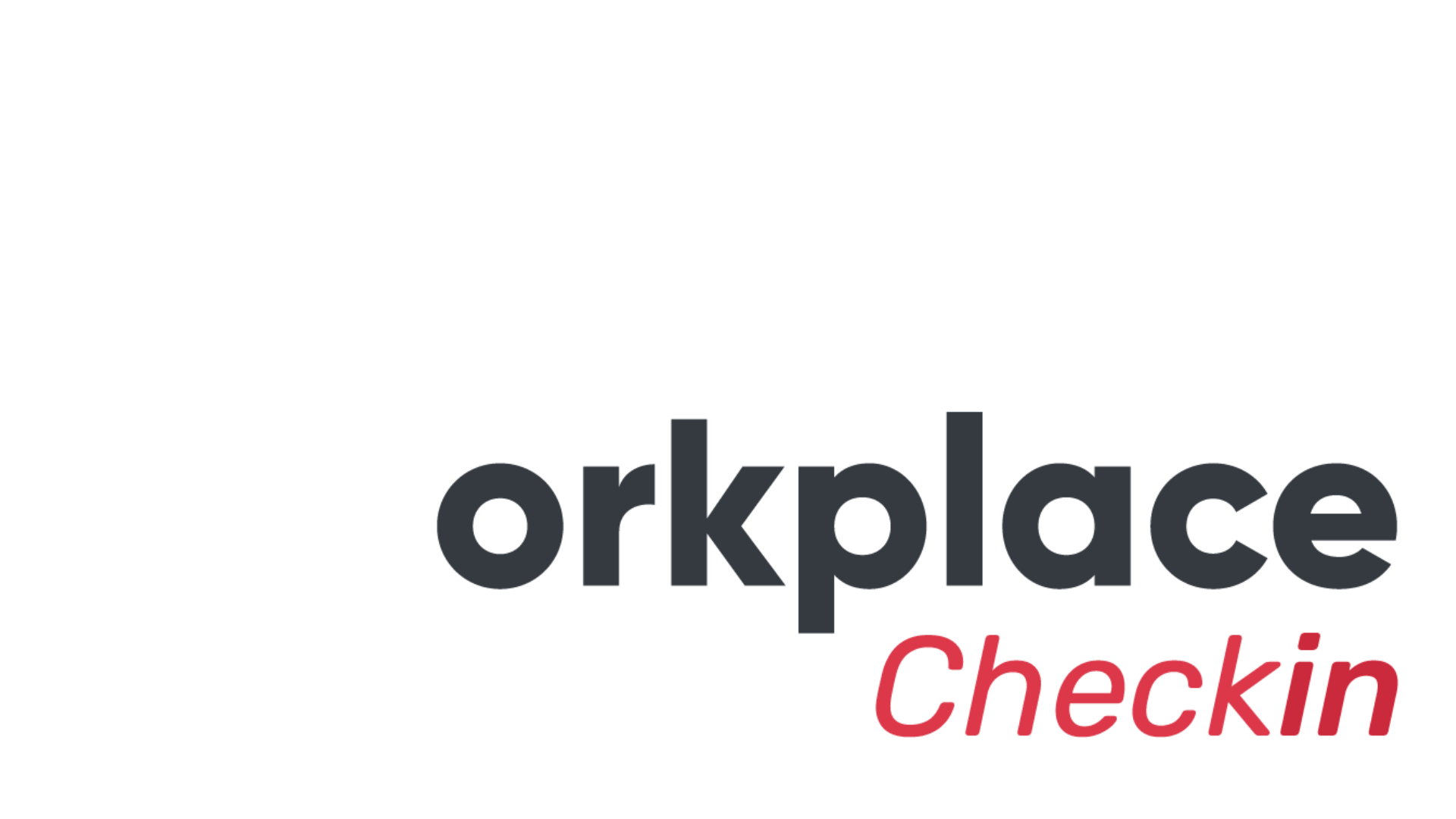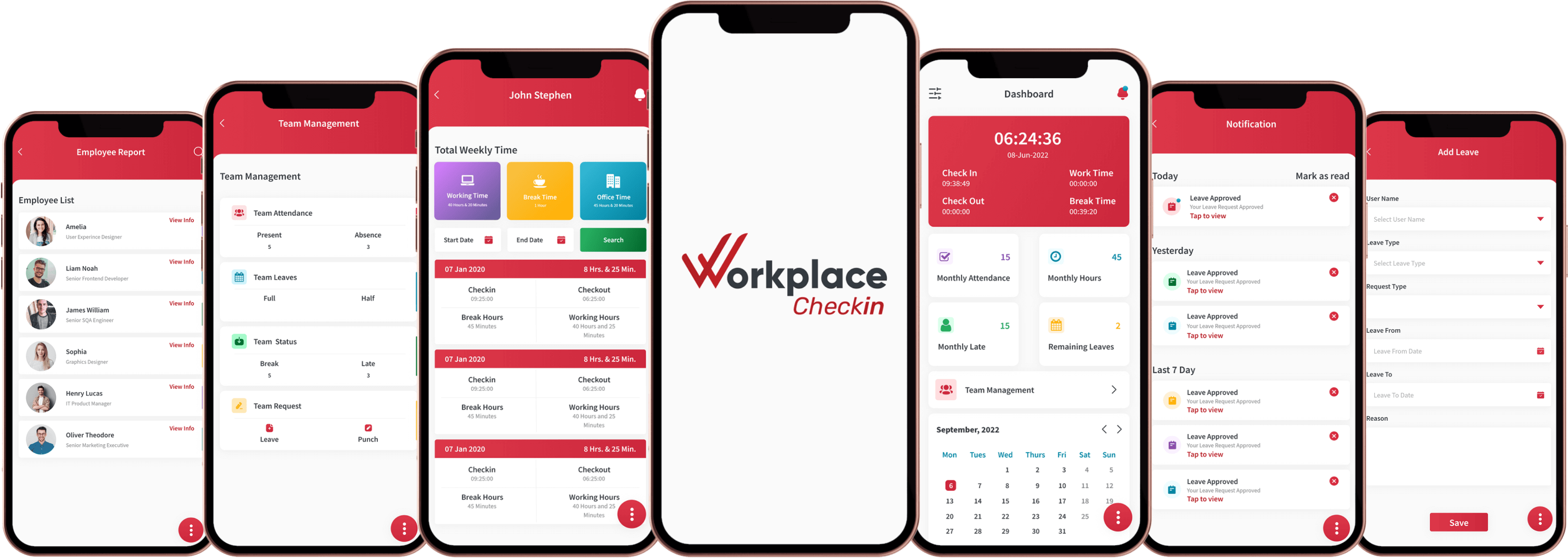

The Power of Automated Processing: A Key Driver in Employee Retention
In today's fast-paced business landscape, employee retention is a critical concern for organizations aiming to maintain their competitive edge. While numerous factors contribute to retaining top talent, one often overlooked aspect is the role of automated processing. Automation, powered by advanced technologies like artificial intelligence and machine learning, has emerged as a game-changer in enhancing employee satisfaction, productivity, and ultimately, retention rates.
The integration of automated processing aligns with the evolving expectations of today's workforce. In an era where digital fluency and technological proficiency are increasingly valued, employees seek opportunities to leverage cutting-edge tools and technologies in their roles. By implementing automated systems, organizations not only streamline operations but also demonstrate their commitment to innovation and progress. This, in turn, fosters a culture of continuous learning and professional development, appealing to employees who are eager to stay at the forefront of their field. Thus, automated processing serves as more than just a solution for operational efficiency—it becomes a symbol of an organization's forward-thinking approach to employee engagement and retention.

The Evolution of Workplace Dynamics
The workplace dynamics have undergone a significant transformation in recent years. With the advent of digitalization and automation, routine tasks that were once performed manually are now being automated. This shift has not only streamlined processes but has also liberated employees from mundane, repetitive tasks, allowing them to focus on higher-value activities that require creativity, critical thinking, and problem-solving skills.
Enhancing Efficiency and Accuracy
One of the primary benefits of automated processing is its ability to enhance efficiency and accuracy. Automated systems can perform tasks with precision and consistency, significantly reducing the likelihood of errors that are common in manual processes. By automating repetitive tasks such as data entry, file management, and report generation, employees can devote their time and energy to more strategic initiatives that contribute to the organization's success.
Empowering Employees with Time and Resources
Automation empowers employees by freeing up their time and providing them with the resources they need to excel in their roles. Instead of spending hours on repetitive tasks, employees can focus on projects that require creativity, innovation, and collaboration. This not only boosts morale and job satisfaction but also fosters a culture of continuous learning and development within the organization.

Reducing Burnout and Stress
Manual processing can often lead to burnout and stress among employees, particularly when they are overwhelmed with repetitive tasks and tight deadlines. Automation helps alleviate this burden by handling routine tasks efficiently, allowing employees to maintain a healthier work-life balance. By reducing stress and preventing burnout, organizations can significantly improve employee morale and retention rates.
Driving Innovation and Growth
By leveraging automation, organizations can drive innovation and fuel growth in ways that were previously unimaginable. Automated processing enables employees to focus on strategic initiatives, problem-solving, and creative endeavors that drive the organization forward. Whether it's developing new products, optimizing processes, or exploring market opportunities, automation provides the foundation for sustained innovation and competitiveness.
Creating a Culture of Empowerment and Engagement
When employees feel empowered and engaged, they are more likely to stay with their organizations for the long term. Automation plays a crucial role in creating such a culture by providing employees with the tools and resources they need to succeed. By automating mundane tasks and empowering employees to take on more challenging and meaningful work, organizations can foster a sense of ownership, pride, and commitment among their workforce.
Conclusion
The integration of automated processing into the workplace is not merely a technological advancement; it's a strategic imperative for organizations striving to remain competitive in today's dynamic business environment. As the war for talent rages on, companies must recognize the pivotal role automation plays in shaping employee experiences and driving retention.
Embracing automation isn't just about optimizing operational efficiency; it's about creating a culture where employees feel valued, empowered, and inspired to contribute their best work. By automating routine tasks, organizations can free up valuable time and resources, enabling employees to focus on high-impact projects that fuel innovation and growth.
Automation mitigates the risk of burnout and stress by alleviating the burden of repetitive tasks, fostering a healthier work-life balance, and promoting employee well-being. This, in turn, enhances morale, job satisfaction, and overall engagement, leading to higher retention rates and a more resilient workforce.
As organizations navigate the complexities of the modern workplace, they must recognize automation as a catalyst for change, a force that not only drives operational excellence but also transforms the employee experience. By harnessing the power of automation to empower their workforce, organizations can position themselves as employers of choice, attracting top talent and positioning themselves for sustained success in the years to come.






